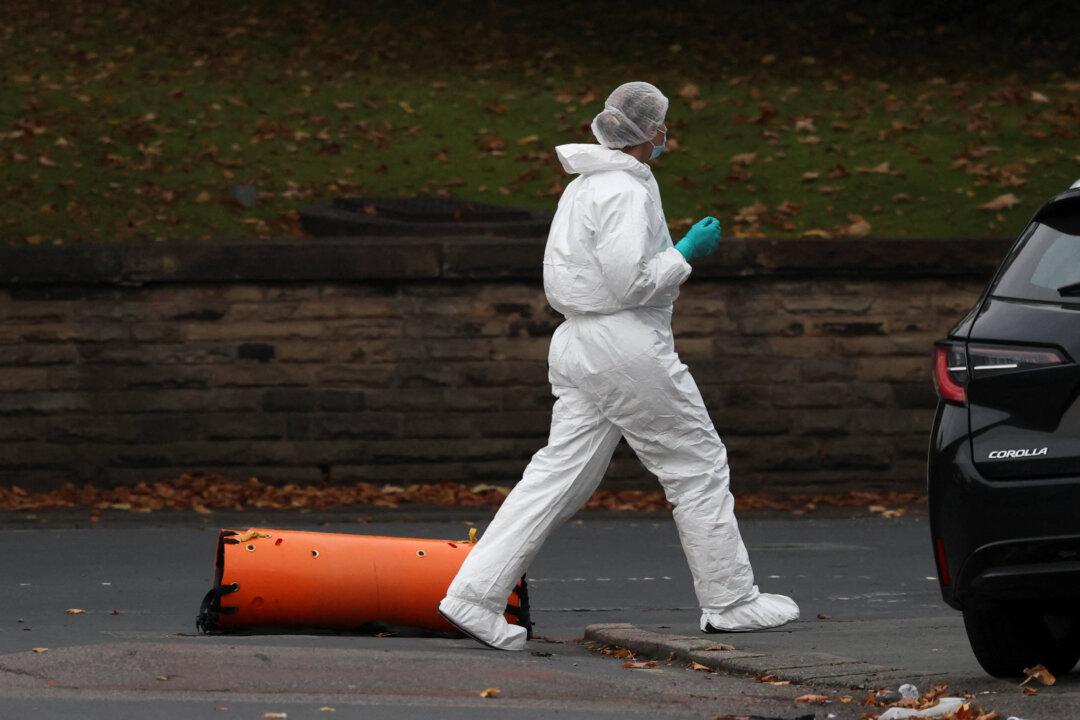From delayed ambulances to police shortages, Canadian public agencies hit hard by COVID-19 worker absences have cut back on service, rearranged staff or warned the public that emergency responses may be disrupted.
Over the weekend, paramedics in Toronto, Canada’s largest city, said there were briefly no ambulances available to respond to emergencies. The city said about 12.8 percent of its “essential and critical services” staff were off due to COVID-19 as of Monday.





